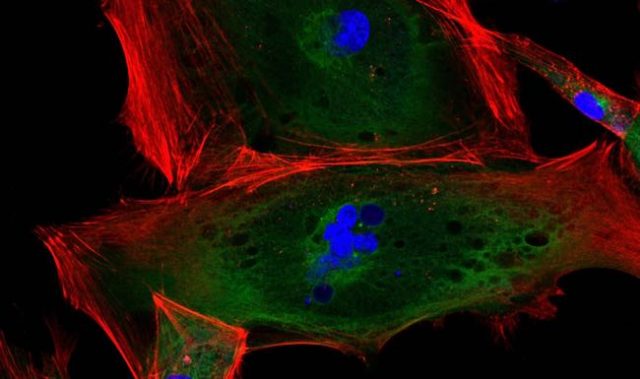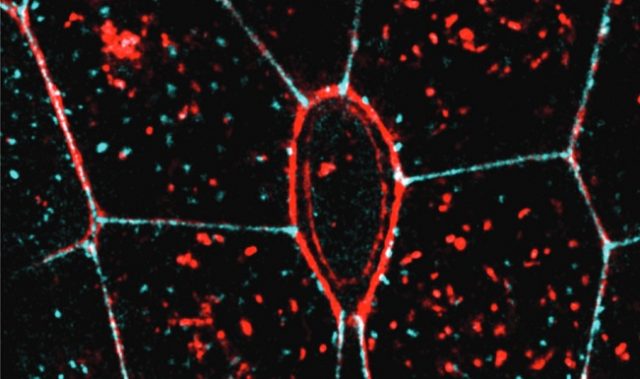
AsianScientist (Jul. 28, 2016) – Researchers in Singapore and the US have shown how a protein called talin senses and buffers mechanical forces exerted on a cell, effectively acting as a cellular ‘shock absorber.’ This study is published in Nature Communications.
In the body, cells continuously experience the impact of mechanical forces. Maintaining and balancing a certain level of force is essential—too much force can be damaging, but insufficient force can lead to inactivation of mechanical signalling pathways necessary for cell movement and development.
The research team, led by Associate Professor Yan Jie and Professor Michael Sheetz from the Mechanobiology Institute, National University of Singapore, showed how the protein talin is able to buffer force, akin to how the suspension of a car connects the tires to the chassis and enables a smooth ride, even on difficult terrain.
Previous studies had demonstrated that talin is ‘mechanosensitive,’ meaning that it can sense and respond to mechanical force and convert these forces into biological signals. In living cells, the level of force in talin was recently measured to be between 5-10 pN, a range which allows crucial mechanosensitive protein-protein interactions to take place. However, the mechanism of how this force level is maintained was unknown.
To solve this mystery, the scientists used magnetic tweezers to probe the mechanical response of talin at a single molecule level.
Structurally, talin has a rod-like shape subdivided into a linear array of 13 domains, which can unfold to allow it to increase in length. The researchers applied mechanical force to a single talin molecule, causing the domains inside it to unfold. By carefully measuring the rates of unfolding and refolding of the domains under different forces, the researchers were able to simulate the force fluctuation during the process of stretching and relaxation of talin.
They discovered that the average force remains within a narrow range between 5-10 pN, even when talin is fully extended to a length of 500 nm. This result robustly explains the recently reported levels of force measured in talin in living cells. Importantly, this force range defines the force threshold for talin-dependent mechanosignaling, a critical pathway that drives a number of biological processes.
The article can be found at: Yao et al. (2016) The Mechanical Response of Talin.
———
Source: Mechanobiology Institute Singapore.
Disclaimer: This article does not necessarily reflect the views of AsianScientist or its staff.












